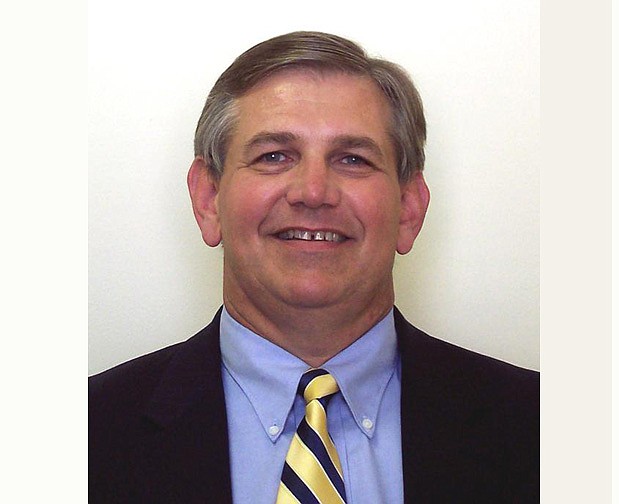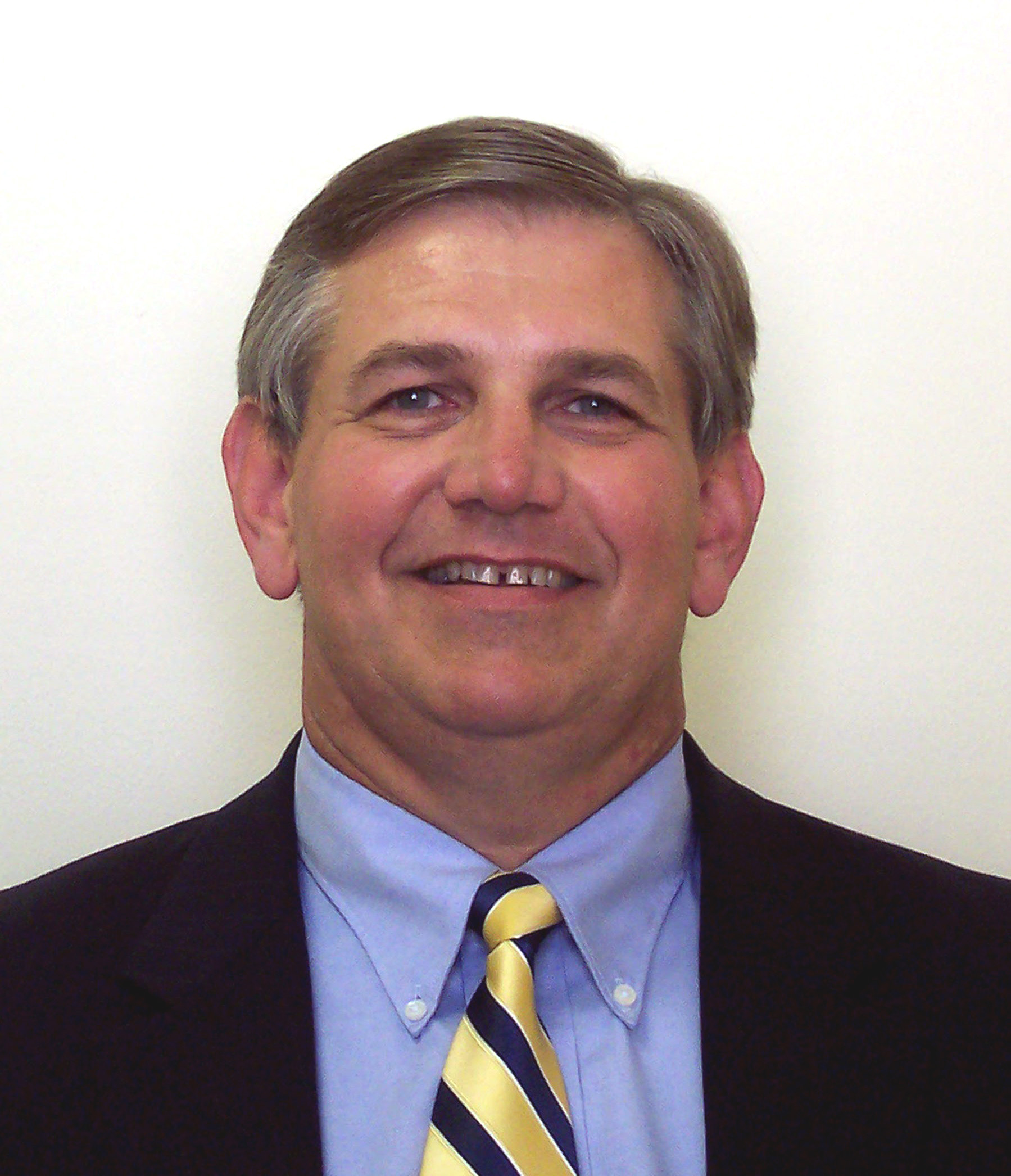Questions often arise as to how to secure a higher return on cash balances being held in reserve for future expenses or otherwise segregated from one's investments. In today's ultra-low interest rate environment, the unsatisfying but honest answer is: don't waste too many brain cells on it.
While it is understandably frustrating to see your hard-earned savings earning next to nothing, it is useful to remember that the return you expect is a function of risk. Your short-term working capital, emergency fund, and cash allocated for purchases planned in the near future should focus predominantly on safety. Any forgone investment income is likely to be minimal after taxes and hardly worth the risk of coming up short when it's time to tap those reserves.
Assets set aside for long-term goals can properly be classified as "investments." Generally, one must be prepared to retain an investment for a minimum of three to five years in order to justify the risk of owning stocks, bonds, real estate and the like. In order to realize a reasonable return over a holding period, an investor must tolerate losses from time to time, hence the need for a longer horizon.
Short-term capital should be viewed from a different perspective. Money set aside for specific purposes in the near future, like college tuition, a down payment on a home, or an emergency fund, should not be subjected to potential loss in search of a few extra basis points. Don't think of these funds as investments seeking a gain, but rather as cash to be protected. In the current low-yield environment, that means accepting a trivial return in exchange for safety and liquidity.
Certificates of deposit are still the go-to option for most of your short-term liquid capital. Yields are depressingly low in the current climate, but savers should be able to snag a little better that 1 percent on a one-year CD. If you expect to need some of the money sooner, consider "laddering" or dividing up your savings into CDs of varying length from three months to a year or more.
Be sure to verify that the CDs are insured by the FDIC; some certificates sold over the Internet are issued by foreign banks and may not be covered by the U.S. Government. FDIC insurance is limited to $250,000 per depositor per bank, so you may need to hold CDs in more than one institution if your cash balance exceeds the deposit limit. There are worse problems.
Another option for a portion of your savings is a high-yield checking account. This type of account is offered by many financial institutions and can carry annual interest rates in excess of two percent. They typically come with strings attached, however, including a minimum number of debit card transactions per month and electronic statements. High-yield checking accounts also impose so-called balance caps, limits on the amount of money on which interest is paid. These caps generally range from $500 to $25,000, so their utility is somewhat limited, but they can offer a decent return if the conditions are not too cumbersome for your personal lifestyle.
The bottom line is this: interest rates are lower than at any time in most of our lifetimes and seem likely to remain relatively meager for a while. Unless you are willing to risk the loss of some of your principal, don't sweat the yield on the dough in your cookie jar. Park it somewhere safe with a competitive short-term return and go back to sleep. At least you won't have a tax problem.
Christopher A. Hopkins, CFA, is a vice president and portfolio manager for Barnett & Co. in Chattanooga.

